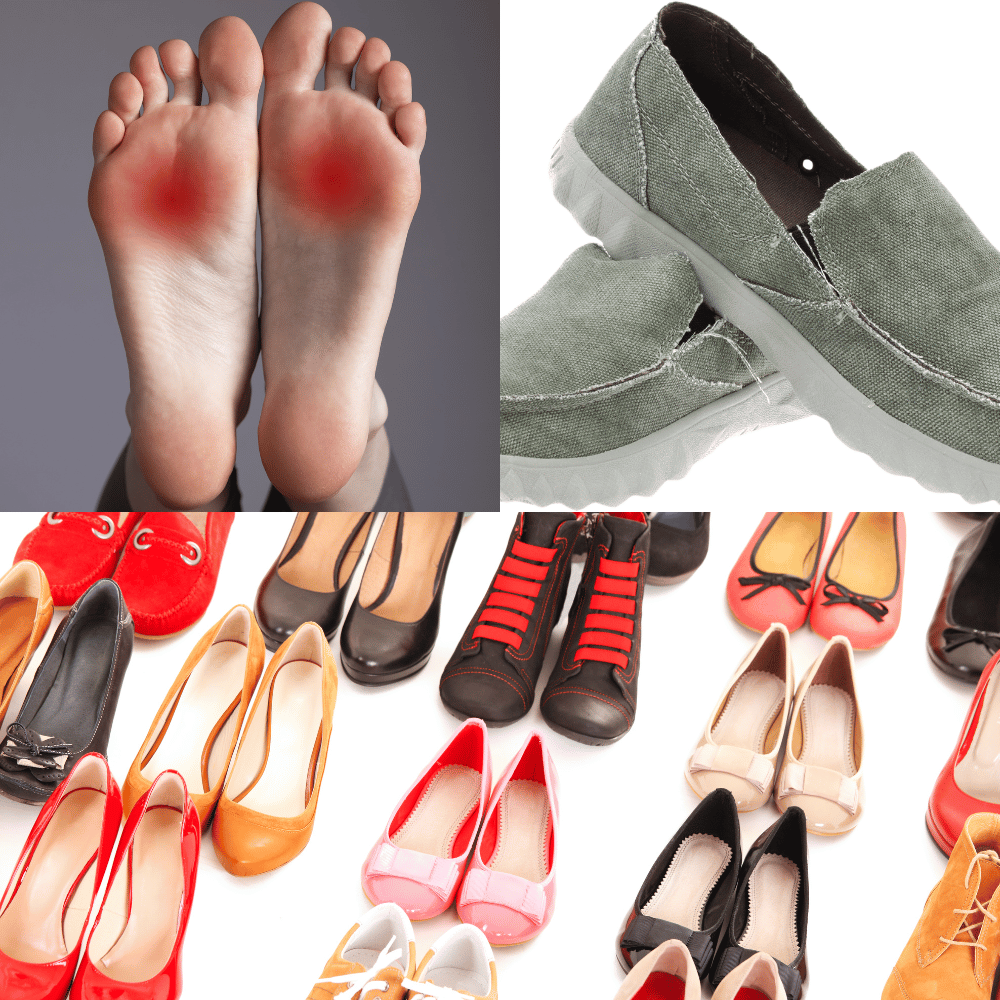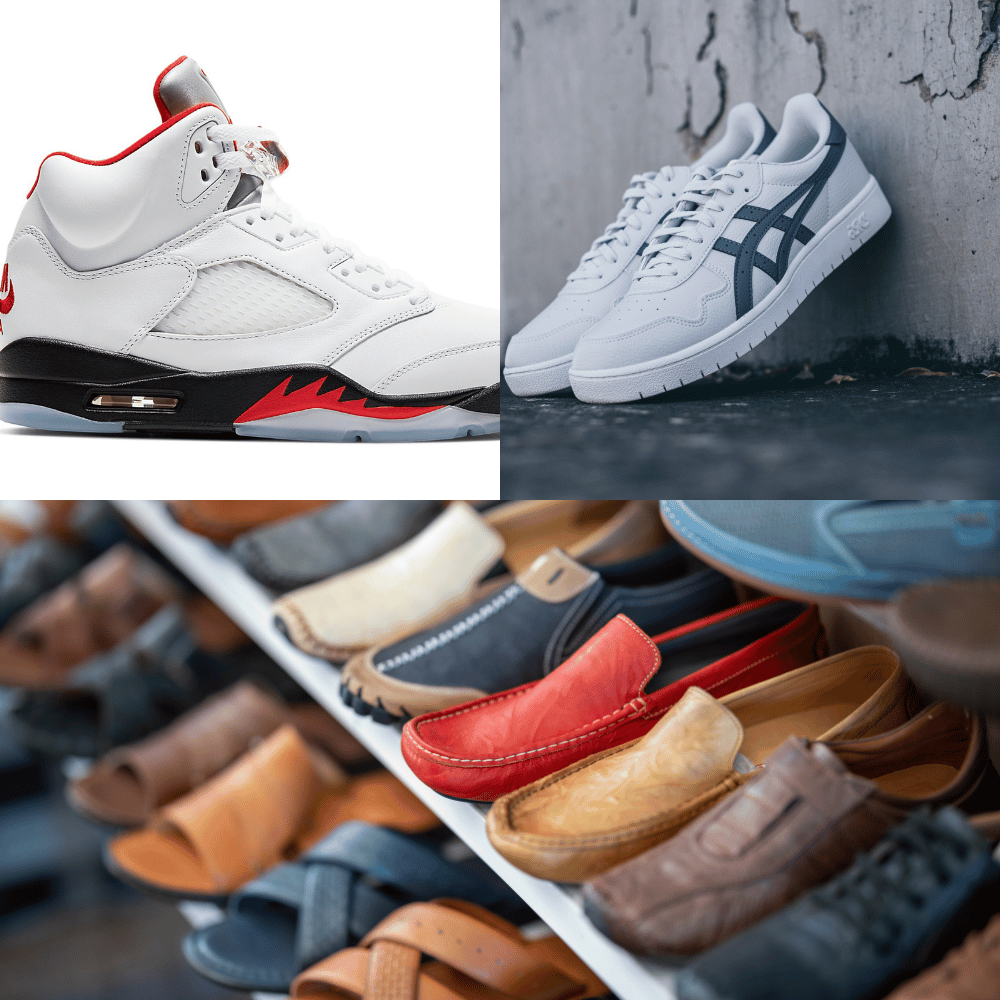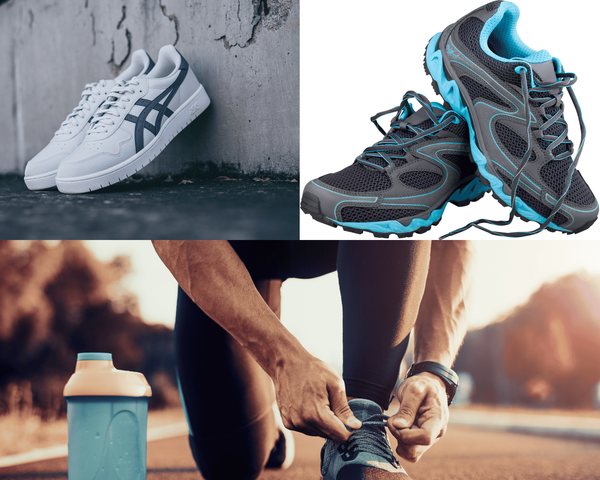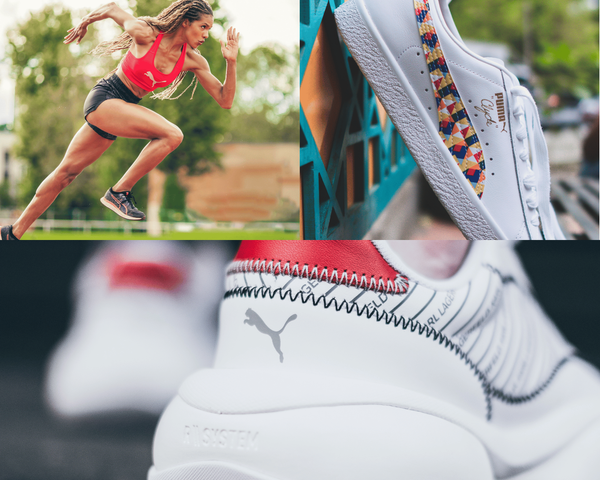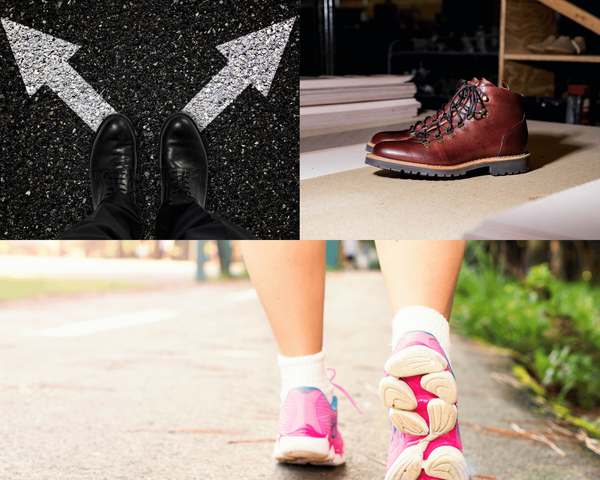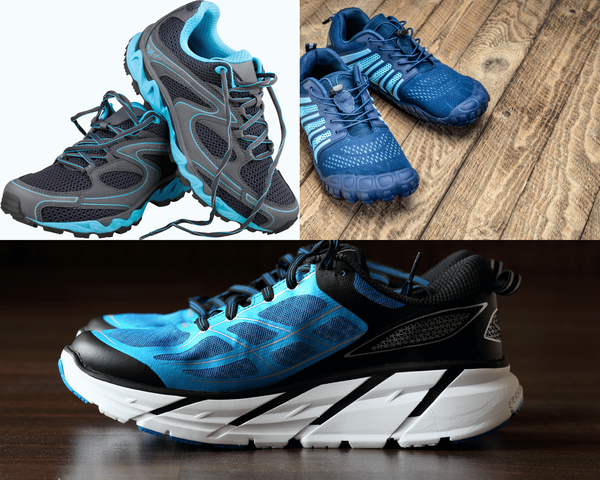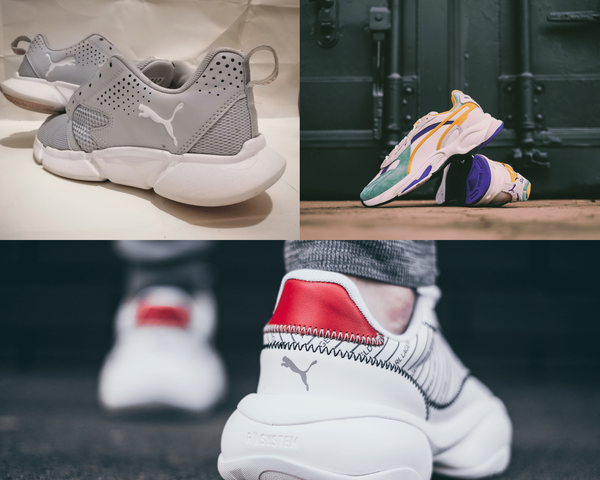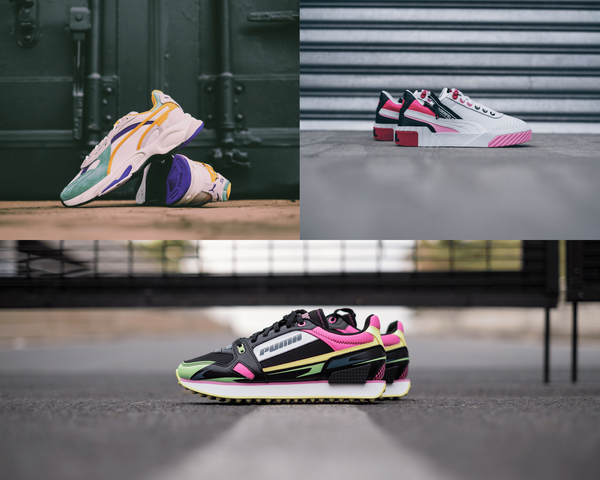Morton's Neuroma can be a painful condition, but wearing the right shoes can make a world of difference. If you're struggling with this issue, you're likely on the hunt for footwear that will provide comfort and support without exacerbating your symptoms. In this comprehensive guide, we'll explore the best shoe options for those dealing with Morton's Neuroma.
Key Takeaways:
- Select shoes with a wide toe box to alleviate pressure on the forefoot.
- Look for arch support footwear that can help distribute weight evenly.
- Avoid high heels and tight shoes that can worsen Morton's Neuroma symptoms.
Understanding Morton's Neuroma
Morton's Neuroma is a foot condition characterized by a thickening of the tissue around one of the nerves leading to your toes. This can cause a sharp, burning pain in the ball of your foot. The sensation may also resemble stepping on a small stone or marble. It's crucial to wear shoes that minimize pressure on the forefoot to prevent aggravation of the neuroma.
The Importance of a Wide Toe Box
When it comes to Morton's Neuroma, the fit of your shoe is paramount. Wide toe box shoes for neuroma allow your toes to spread out naturally, reducing the compression on the nerve. This can significantly decrease pain and discomfort, making wide toe box shoes a top choice for anyone with this condition.
Arch Support: A Key Feature
Arch support footwear for neuroma is another essential consideration. Proper arch support helps distribute your body weight more evenly across your foot, taking the pressure off the nerve. This can not only alleviate current pain but also prevent further irritation of the neuroma.
The Perils of High Heels
High heels are a major no-no for those with Morton's Neuroma. They force your feet into an unnatural position, which puts additional pressure on the forefoot and can severely aggravate the neuroma. It's best to stick to shoes with a low heel and good cushioning.
Cushioning and Padding
Shoes with extra cushioning and padding can absorb impact and provide relief for tender feet. Look for shoes with a thick, soft insole or consider adding a specialized orthotic designed for Morton's Neuroma.
Materials Matter
The material of your shoes can also affect your comfort. Soft, flexible materials like leather or canvas can accommodate your foot's shape and reduce pressure points. Avoid stiff materials that might restrict movement or create unnecessary friction.
The Right Fit
It's not just about the width; the overall fit of the shoe is crucial. Shoes that are too tight or too loose can lead to increased pressure on the neuroma. Ensure you're wearing the correct size by getting your feet measured regularly.
Lacing Techniques
Believe it or not, how you lace your shoes can impact Morton's Neuroma. Certain lacing techniques can create more space in the toe box or provide better support. Experiment with different methods to find what works best for you.
The Role of Orthotics
Custom orthotics can be a game-changer for those with Morton's Neuroma. They're designed to fit the contours of your feet precisely, flat feet, providing targeted support and relief.
Athletic Shoes for Active Lifestyles
If you lead an active lifestyle, don't worry—you don't have to give up your workouts. There are athletic shoes designed with wide toe boxes and ample arch support that can accommodate your condition.
Everyday Footwear
Your everyday shoes should be just as comfortable as your athletic ones. Look for casual shoes that incorporate the same features recommended for neuroma relief.
Sandals and Open-Toed Shoes
When the weather heats up, you might want to wear sandals. There are options available with arch support and adjustable straps to ensure a good fit without squeezing your toes.
Winter Boots and Cold Weather
Cold weather can make foot pain worse, soft leather upper so it's important to find winter boots that offer the same level of comfort and support as your other shoes. Look for styles with a wide toe box and low heel.
Dress Shoes for Special Occasions
Finding dress shoes that are suitable for Morton's Neuroma can be challenging, but they do exist. Opt for dress shoes with a wider front, narrow toe boxes heel to toe drop, cushioned insoles, and a supportive heel.
Tips for Shoe Shopping best shoe features for morton's neuroma
When shopping for new shoes, narrow toe box, superior arch support, roomy toe box go later in the day when your feet are naturally more swollen. This ensures that the shoes will be comfortable at all times. Don't forget to try them on with the type of socks you'll be wearing regularly.
Summary
Living with Morton's Neuroma doesn't mean you have to sacrifice style for comfort. By choosing shoes with a wide toe box, wearing shoes, deep heel cup, ample arch support, best shoes, high heeled shoes, and proper cushioning, you can alleviate pain and prevent further irritation. Remember to avoid high heels, ensure a good fit, and consider orthotics for additional support. With these tips in mind, you can find the perfect shoes to keep your feet happy and healthy.
FAQ Section
Q: Can I still wear high heels if I have Morton's Neuroma third and fourth toes?
A: It's best to avoid high heels as they can exacerbate the condition. If you must wear them, choose heels that are lower and have a wider base for better stability.
Q: Are there specific brands that make shoes for Morton's Neuroma?
A: Yes, there are brands that cater to foot conditions like Morton's Neuroma. Look for those that offer wide toe box shoes and arch support footwear specifically designed for neuroma relief.
Q: How often should I replace my shoes if I have Morton's Neuroma?
A: It depends on how often you wear them and the level of activity you engage in. Generally, it's recommended to replace your shoes every 6 to 12 months to ensure they provide adequate support and cushioning.
